Entry Type: Thing - Starting with F
 A Face in the Crowd
A Face in the Crowd
 A Face in the Crowd Ad
A Face in the Crowd Ad
Factory System
aka: Indian Trading Posts
aka: Indian Factory System
Fair Park Golf Course
aka: War Memorial Golf Course
Fair View School
Fairchild, Barry Lee (Trial and Execution of)
Fairview Cemetery—Confederate Section
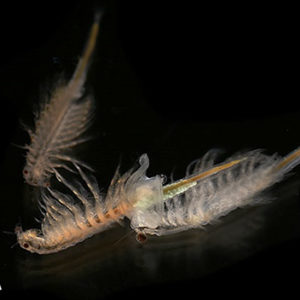 Fairy Shrimps
Fairy Shrimps
Fairy Shrimps
aka: Anostraca
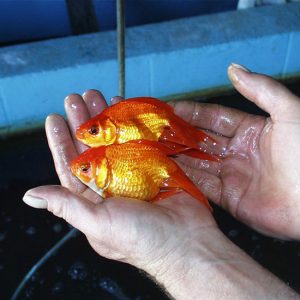 Fan-tailed Goldfish
Fan-tailed Goldfish
Far West Seminary
Farkleberry
 Farkleberry and Faubus
Farkleberry and Faubus
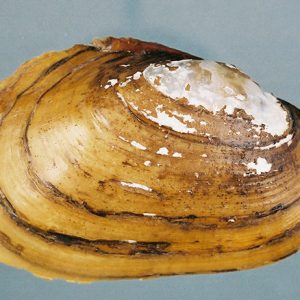 Fatmucket - Female
Fatmucket - Female
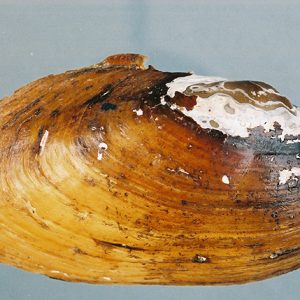 Fatmucket - Male
Fatmucket - Male
 "Fattening Frogs for Snakes," Performed by "Sonny Boy" Williamson
"Fattening Frogs for Snakes," Performed by "Sonny Boy" Williamson
 Faubus: The Life and Times of an American Prodigal by Roy Reed
Faubus: The Life and Times of an American Prodigal by Roy Reed
 Faubus Campaign Brochure
Faubus Campaign Brochure
Faulkner County Courthouse
 Faulkner County Veterans Monument
Faulkner County Veterans Monument
 Faulkner County Sheriff Monument
Faulkner County Sheriff Monument
 Faulkner County Map
Faulkner County Map
Faulkner County Museum
 The Favored Strawberry
The Favored Strawberry
Fayetteville Confederate Cemetery
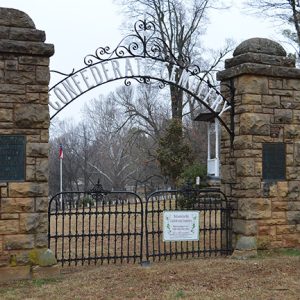 Fayetteville Confederate Cemetery
Fayetteville Confederate Cemetery
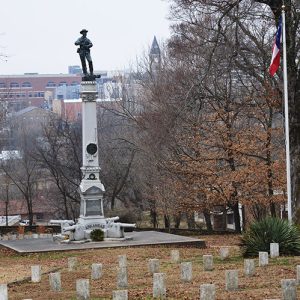 Fayetteville Confederate Cemetery Monument
Fayetteville Confederate Cemetery Monument
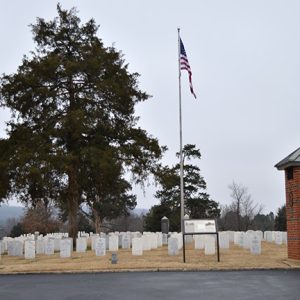 Fayetteville National Cemetery
Fayetteville National Cemetery
 Fayetteville National Cemetery
Fayetteville National Cemetery
Fayetteville Polka
 "Fayetteville Polka"
"Fayetteville Polka"
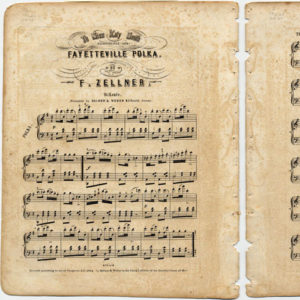 "Fayetteville Polka" Sheet Music
"Fayetteville Polka" Sheet Music
Fayetteville Shale
 Fayetteville Shale Rig No. 33
Fayetteville Shale Rig No. 33
 Federal Writers' Project Booth
Federal Writers' Project Booth
Feltner’s Whatta-Burger
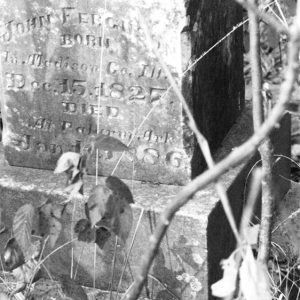 Ferguson Grave
Ferguson Grave
Ferguson House (Pine Bluff)
Ferns
Festivals and Parades
 "Fever," Performed by "Little Willie" John
"Fever," Performed by "Little Willie" John
Ficklin-Imboden Log House
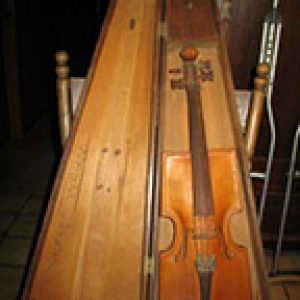 Fiddle and Case
Fiddle and Case
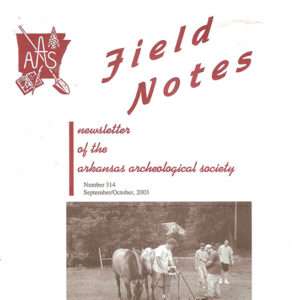 Field Notes
Field Notes
Fielder House
Fighting Mad
Finer Points of Sausage Dogs, The
 The Finer Points of Sausage Dogs
The Finer Points of Sausage Dogs
 Fire Ant Stings
Fire Ant Stings




